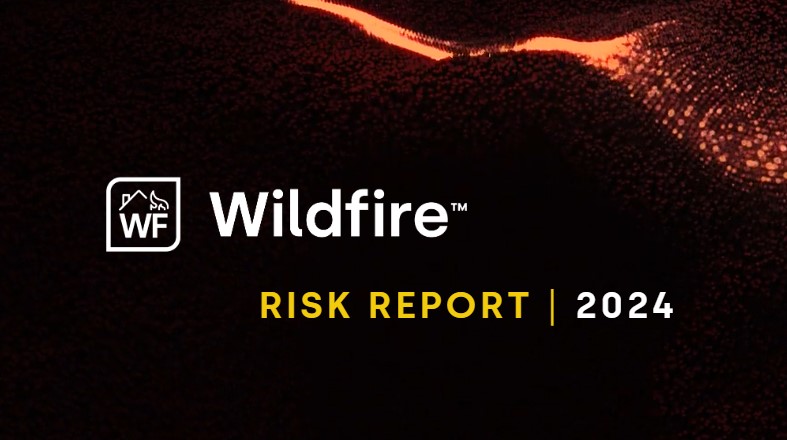
Wildfire Risk in Your Community
There are various resources that measure wildfire risk, allowing communities to analyze and understand their risk to guide their preparedness. Here are just a few:
Calculating Wildfire Risk
Use these tools to understand your local exposure and advocate for code adoption and mitigation planning.
The U.S. Forest Service (USFS) created an interactive resource to help communities better understand and reduce their wildfire risk. The Wildfire Risk to Communities website features user-friendly maps, charts and information based on the latest wildfire science. It highlights the growing threat of wildfires across the country and provides practical tools and resources to help communities manage and mitigate these risks.
To support the local fire service and communities in this charge, the U.S. Fire Administration recently developed two WUI fire awareness tools to raise awareness about where WUI areas exist throughout the U.S. These new tools allow for local fire service and community stakeholders to apply consistent data in the implementation of community risk reduction, code adoption and enforcement, mitigation and planning efforts.
CoreLogic’s 2024 Wildfire Report analyzes wildfire risk through a housing stock comparison lens of the most vulnerable states, located in the western U.S. The Report helps to understand the most accurate potential impact of the increasingly destructive wildfire season and the role various stakeholders play in collectively reducing the impacts of wildfires for vulnerable communities. Registration required.
Mapping the Wildland-Urban Interface: A Critical First Step
Accurately identifying the Wildland-Urban Interface (WUI) is essential for effective wildfire mitigation, yet many communities face challenges due to the lack of standardized mapping guidance. The ICC Wildland-Urban Interface Code (IWUIC) does not prescribe a specific methodology for mapping the WUI — a gap that has hindered adoption in some states, including Oregon.
To support communities in overcoming this barrier, ICC encourages the use of locally informed, data-driven approaches. Communities can leverage existing tools and resources to define their WUI zones in ways that reflect local risk and planning priorities:
- Community Wildfire Protection Plans (CWPPs) often include locally validated WUI boundaries and risk assessments.
- Wildfire Risk to Communities provides interactive maps and downloadable data for parcel-level wildfire risk across the U.S.
- Headwaters Economics Risk Explorer offers community-specific wildfire risk reports and planning tools.
- FEMA Wildfire Risk Tools support hazard identification and mitigation planning.
- While ICC does not currently define how WUI boundaries should be drawn, these resources can help jurisdictions build defensible, locally relevant maps that support IWUIC implementation and broader wildfire resilience strategies.



